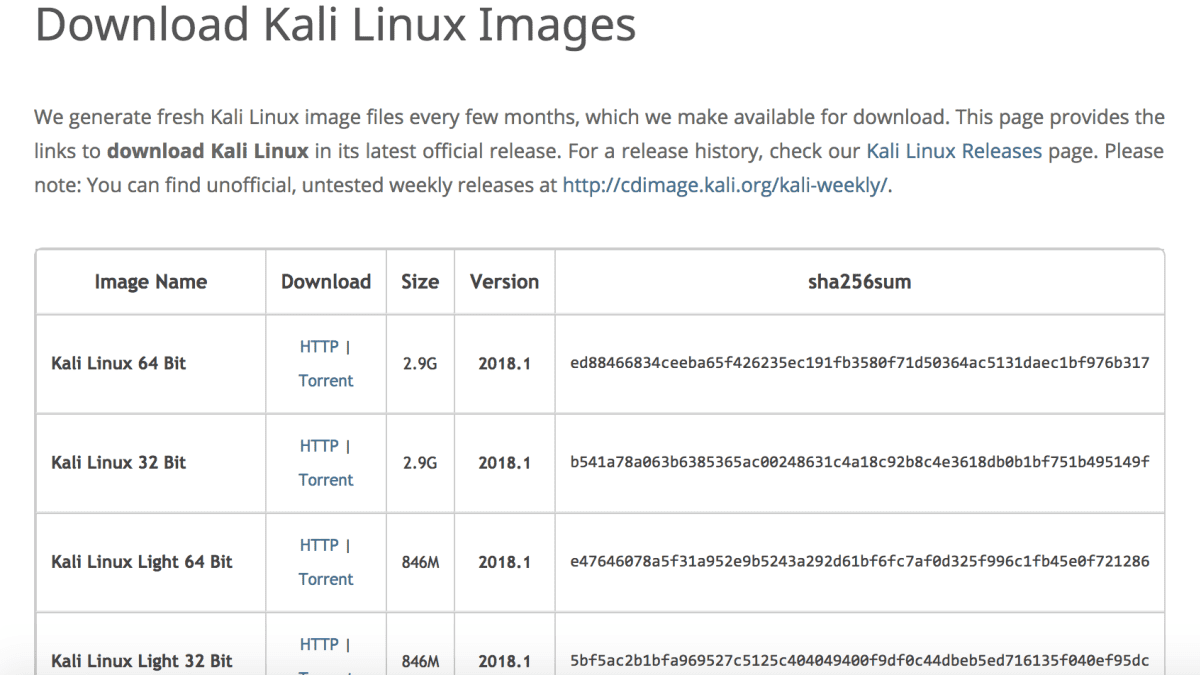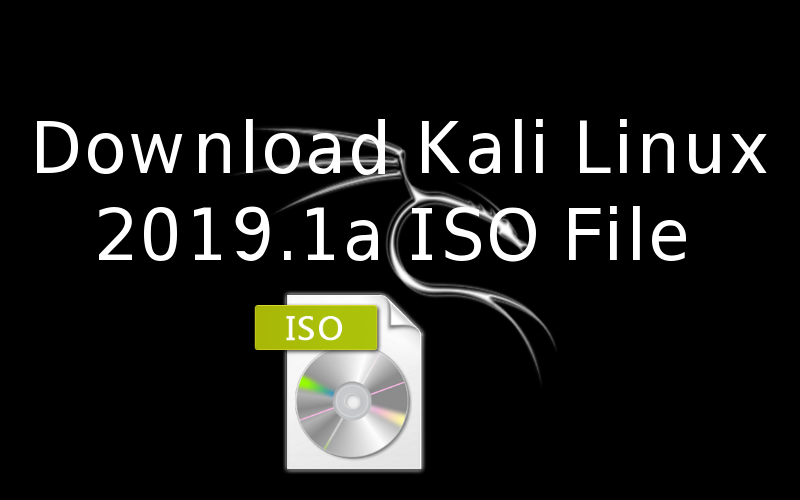


I tweaked each of these out to fit my preferences. config/nitrogen/nitrogen.cfg is the main configuration file for nitrogen and defines the directories where the wallpaper images are located. config/nitrogen/bg-saved.cfg defines the set wallpaper. Nitrogen is an application used to setup wallpaper. The /etc/skel directory is commonly used as a template for creating user home directories, so every new user will by default have the files that are located in this directory. This directory is used as the livecd environment is running as the root user.Īll config files for the installed file system should be copied to kali-config/common/includes.chroot/etc/skel/. All config files for the livecd should be copied to kali-config/common/includes.chroot/root/. My list of packages for i3wm can be found here, and Openbox here. With that in place, the next step was to edit the file kali-config//package-lists/ to add the required packages I wanted. For Openbox, I copied the variant-i3wm directory to variant-openbox and added my modifications to it :~/live-build-config/kali-config# cp -r variant-i3wm variant-openbox Variant-default variant-gnome variant-kde variant-lxde variant-xfceįor i3, I started with making my modifications in the existing variant-i3wm folder. :~/live-build-config/kali-config# lsĬommon variant-e17 variant-i3wm variant-light variant-mate :~# git clone git:///kalilinux/build-scripts/live-build-config.git
#How to get a kali linux iso file install
:~# apt install curl git live-build cdebootstrap I was doing double the work, but it was easier to track. I treated these as two separate builds initially, to keep things cleaner for myself. I did my first setup based on the official Kali documentation for live-build-config. Let me explain how I created two variants of Kali linux–one with i3wm and one with Openbox window manager. Even now, I am still continuing to improve on it. In this process, I generated over 20 ISO images until I had one I was happy with. I started playing with the custom packages list and later on with some chroot files to be included in the ISO. I also found existing scripts for i3wm provided by the Kali team. Kali Linux is a rolling distro based on Debian and has great support from the Offensive Security team as well as an active community. At this point, I knew I had found my solution. This led me to the Kali Linux live-build config scripts. Because of this, I started to look for ways of customizing Debian, Arch, or Manjaro. It would be perfectly customized for my needs fresh out of install. I knew I wanted to create an ISO that I could use to install my system anytime, anywhere. But what would happen if I needed to reinstall? I didn’t want to have to start over again on customizing my installed system. At first, this seemed like a great option. It occurred to me that my solution could be to simply create my own setup–I could take a Linux distro, install a base OS, and customize it. I had always wanted to take part in an Open-source project and do a little development. I made a long list of my favourite Linux distributions, but I still couldn’t decide. It started to become clear that for my needs, I needed a rolling release Linux that was not only lightweight, but also had good support from either a company or community. Despite this exhaustive testing, I still wasn’t satisfied. I also tested different desktop environments trying to find my right fit (Xfce, LXDE, Mate, LXqt, i3, openbox, fluxbox, jwm, and IceWM). I wanted a very lightweight system and went about testing a ton of variants (Manjaro, Debian, Ubuntu, Sparky, MX Linux, Antix, Arch, Anarchy, Antergos, Archlabs, Bunsen Labs, and many more). I spent a lot of time on searching for a Linux distribution that was best suited for my needs. We thought it would be best to let Jacek share his process with you step by step, in his own words: Jacek’s live-build recipe was for a lightweight version of Kali using his favourite desktop environments, including some nice desktop configurations. His approach to tweaking Kali to be specific to his needs is exactly why this feature is so important to us and we wanted to share his story more widely. Jacek Kowalczyk hit us up on twitter with a really interesting story.

We love it when community members come up with new ideas or interesting builds, and this one caught our attention.


 0 kommentar(er)
0 kommentar(er)
